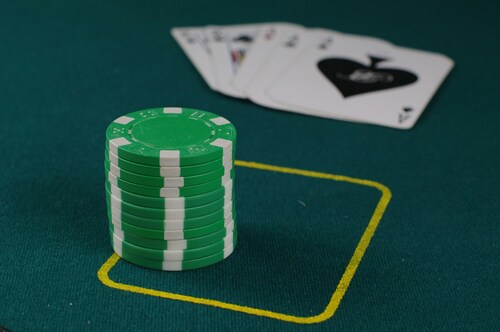Poker without bluffing would be pretty boring. Everyone would just play the math, fold their bad hands, and the game would lose half its charm. Bluffing is what makes poker unpredictable. And it makes it fun. If you know how to bluff, it can turn an average hand into a huge win.
Mastering bluffing techniques can give you an advantage whether you’re sitting at a live poker table or playing online at platforms like Lukki Casino NZ. It wouldn’t hurt to learn some techniques that you can later test and try.
Why bluffing matters
Bluffing isn’t about lying for the sake of it. It’s about creating a believable story that convinces your opponents you’ve got the stronger hand. Without it, it’d be just straightforward math where the best cards always win. It adds unpredictability and keeps other players guessing. The game becomes more dynamic.
Here, the goal is balance. If you bluff too often, you’ll get called out. If you never bluff, you’ll become predictable.
Techniques you can try
1. The classic continuation bet
Seasoned players also call it “c-bet.” You raise before the flop, your opponent calls, and then the flop doesn’t really help your hand. Instead of checking, you make a confident bet as though the flop did favor you.
It works because in your opponent’s eyes, your pre-flop raise suggests strength. Following up with another bet keeps that story alive. Even if you’ve got nothing, your opponent might fold. You can mix this technique with some checks to keep your play unpredictable.
2. The semi-bluff
It’s one of the smartest moves in poker because it gives you two ways to win. Instead of bluffing with complete junk, you bluff with a drawing hand. It’s something that could become strong if the right card hits.
Say, you’ve got four cards to a flush. You don’t actually have a winning hand yet. However, if your opponent folds, you take the pot. If they call and the flush comes in, you’ve still got a chance to win big. This technique feels less risky. It also keeps pressure on your opponents.
3. The check-raise bluff
Well, this one takes guts. It works when you check and let your opponent bet. Suddenly, you come over the top with a raise. You’re sending the message that “I was setting a trap, and now you’re caught.”
Most players would fold in this situation. They do this because it looks like extreme strength. But timing is everything. If you pull this move too often, players will catch on fast.
4. The over-bet bluff
Every now and then, you’ll see players drop a massive bet into the pot. It can be much larger than the typical wager. This is called an over-bet bluff. The psychology here is that the sheer size of the bet scares opponents away.
It works best against players who are risk-averse or sitting on medium-strength hands. However, if you play with fearless and seasoned players, it can backfire spectacularly.
5. The storytelling bluff
You can approach your play like you’re telling a story. If your actions make sense from pre-flop to the river, your opponents are more likely to believe you. Say, you raise before the flop, follow up with a confident bet when the flop looks favorable, and keep the pressure on with another big wager on the turn. That sequence tells a believable story of strength.
On the other hand, if your actions are all over the place, your story won’t make sense. Experienced players will sniff that out quickly and call you. You need to make sure your bluff flows naturally with the way the hand has developed.
Reading your opponents
Those tactics can certainly help you. Still, you need to focus not only on your play, but on others as well. While playing, you should look for:
- Tight players. They tend to fold more often. It makes them great targets for bluffs;
- Loose players. They love to call bets. So, bluffing them is usually a bad idea;
- Table image. If you’ve been caught bluffing recently, you can expect people to call you down more. On the flip side, if you’ve been playing conservatively, your bluffs carry more weight.
Online vs. live bluffing
When you sit down at the table, you have physical tells to rely on. There can be hesitation, nervous gestures, and changes in breathing. When you play online, you don’t have those cues. However, you do have betting patterns and timing tells.
For example, a player who instantly bets big might be bluffing to look confident. On the other hand, someone who takes a long pause and then shoves chips in could be second-guessing their move.
Final thoughts
When money is at stake, bluffing isn’t about tricking people for fun. You do it to win. That’s why strategy, psychology, and timing must be taken into account. The next time you sit at a table, you can try to weave some of these techniques. Always remember that the most convincing bluff is the one that fits naturally into the story of the hand.
